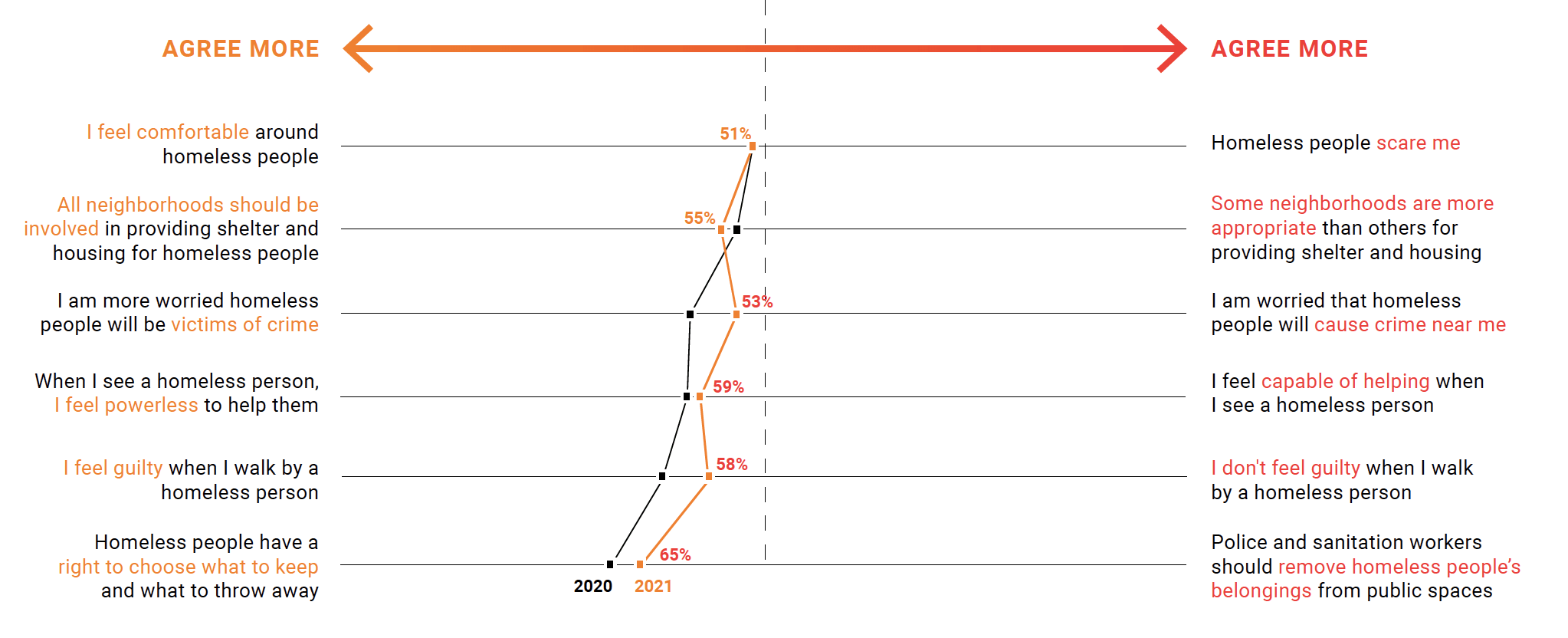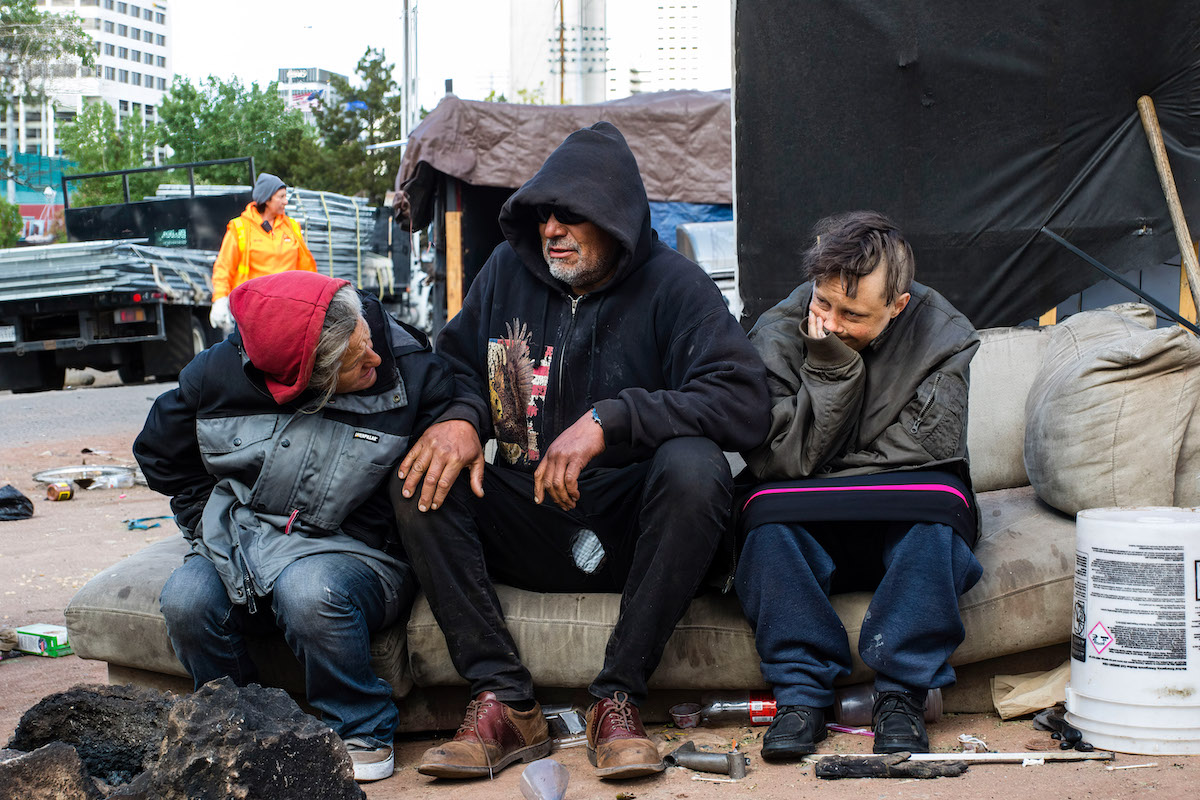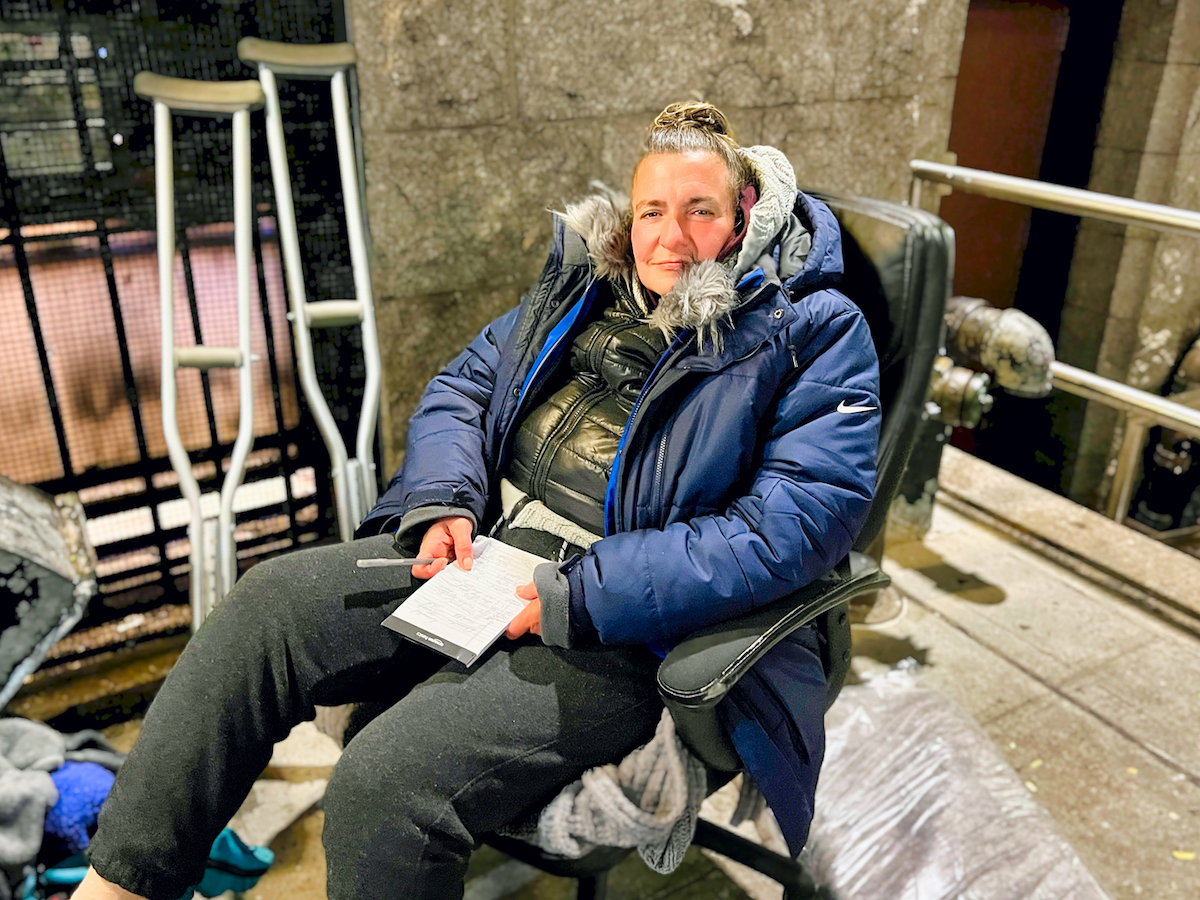|
7119 W. Sunset Blvd., #618, Los Angeles, CA 90046
|
|

In many big ways, perceptions of homelessness have not moved much in the past year. A majority continue to see homelessness growing in their communities, perceptions which have held stable since 2020. This is likely due to the lack of visible progress. Among those who believe homelessness is growing, 60% said they believe that based on what they see with their own eyes. This continues to pose a problem for messaging that focuses on success stories. While housing and services have improved the lives of many people, the visibility of homelessness leaves most people believing the crisis is getting worse, making success messaging less credible.
QA4: Compared to a year ago, do you feel that homelessness in your community has increased or decreased?
qA4oe: You said you believe homelessness has [pipe: qA4 lower] in your community in the past year. What makes you think that?
“[Homelessness] is everywhere, which is very unusual for this area. It's really sad. Tents all over the streets, open fields, vacant business parking lots. This just didn't exist like this 18 months ago. You might see a homeless person now and then. But now it's every block.
Woman, 65, Portland, OR
When asked to say in their own words why they thought homelessness is increasing in their community:
60%
Said their beliefs are based on what they see on the streets
Overall, support for programs like permanent supportive housing, shelters, and services remains robust, with nearly 3 out of 4 people supporting each of these policies. Support drops somewhat when the question is specifically about shelter or housing in their own neighborhood. However, most people continue to support projects to build homeless shelters or housing in their neighborhoods. These findings raise one of the key questions of this report: if there is widespread support for these policies, what are the barriers that prevent us from investing in these solutions at scale?
In your neighborhood
QA15: Below are a few policies that local governments might implement to address homelessness. For each policy below, please indicate how much you support that policy.
QA17: If there was a plan to build a homeless housing project with on-site services in your neighborhood, would you support or oppose that plan?
QA18: If there was a plan to build a homeless shelter in your neighborhood, would you support or oppose that plan?
As our 2020 research demonstrated, enforcement-focused policies tend to be more controversial than service- and housing-focused policies. The public’s views on these policies remains largely unchanged. While almost every policy tested saw more support than opposition, harsher criminal laws remains the one exception. These laws are often championed by extremely loud voices, so it can be easy to think that there is a majority out there hungry for more crackdowns on encampments. However, public opinion consistently shows that the public believes policies should focus on getting people into housing, and not just out of a given area.
QA15: Below are a few policies that local governments might implement to address homelessness. For each policy below, please indicate how much you support that policy.
Public attitudes toward homeless people remained consistent with 2020, showing a combination of personal hesitancy about interacting with homeless people and more sympathetic views about homelessness as an issue. One shift is concerning, however: more respondents reported worrying that homeless people will commit crimes. While the year-over-year change is relatively small (6 percentage points), it may be an early indicator of an anti-homeless political backlash, something present in campaigns for candidates and ballot measures pushing harsher enforcement in cities like Austin, Seattle, Los Angeles, and San Francisco.

QA9A: For each pair of statements below, please select which one better describes your feelings about homelessness.
Last year’s report found that the pandemic made people more sympathetic to the concerns of homeless people and renters facing eviction. While this is still true for the majority, those measures declined significantly. After 18 months in pandemic, an initial wave of sympathy may now be fading as people return to normal or adjust to their current situation. For both advocates and politicians, the extraordinary circumstances since March 2020 have provided a powerful argument for putting additional resources into homeless services. However, this data suggests that the effectiveness of pandemic messaging may be wearing off to some extent.

QA6: Next, we’re going to show you a series of words or phrases you may or may not associate with homelessness. If you associate that word or phrase with homelessness or homeless people, press “Agree”, otherwise, press “Disagree.”
When asked about the substantive reasons for increasing homelessness, respondents focused on issues like affordable housing, job loss due to the pandemic, and a rise in evictions and foreclosures. In contrast, non-economic explanations like lax anti-camping enforcement or people choosing to be homeless were considered less important. This is good news for advocates, suggesting that the public intuitively connects homelessness to struggles with jobs and housing, and is less captured by judgmental explanations that view homelessness as the result of individual behavior and choices.
QA15: Below are a few policies that local governments might implement to address homelessness. For each policy below, please indicate how much you support that policy.

In last year’s report, we explored the gap between public and expert opinion, especially around the causes of homelessness. This year, respondents estimated the portion of homeless people who fall within various categories. In some cases, such as estimating the share of people who had faced domestic violence, the public’s perceptions were consistent with expert estimates. However, the public underestimates both youth homelessness and homelessness among Black and Hispanic individuals. In contrast, the public radically overestimates the share of homeless veterans, suggesting that stories about veteran homelessness have made a strong impact over the past several decades.
| What percentage of homeless people are... | Survey Estimate | HUD Estimate |
|---|---|---|
| Black or Hispanic | 26% | 52% 1 |
| Veterans | 21% | 8% 2 |
| Under 25 Years Old | 18% | 26% 3 |
| Fleeing Domestic Violence | 17% | 15% 4 |
1 https://www.huduser.gov/portal/sites/default/files/pdf/2018-AHAR-Part-2.pdf
2 https://www.huduser.gov/portal/sites/default/files/pdf/2020-AHAR-Part-1.pdf
3 https://www.huduser.gov/portal/sites/default/files/pdf/2020-AHAR-Part-1.pdf
4 https://www.huduser.gov/portal/sites/default/files/pdf/2018-AHAR-Part-2.pdf
qA20: Below are a few issues homeless people may have. Using your best guess, what percentage of homeless people deal with each of the following issues?
I’ve seen a lot of stories about homelessness and people living on the streets downtown. It makes me sad to see how many veterans and others live like this. How many can’t afford to live and have healthcare.
Woman, 41, Kansas City, KS
In 2021, due to concerns about COVID-19, the LA Homeless Services Authority canceled its annual volunteer point-in-time count. Despite this, multiple communities stepped up to do their own smaller counts.
Organizers and counters expected to find growing numbers of homeless individuals in the tracts they counted, as the visibility of encampments had increased during the pandemic. Surprisingly, these community counts consistently found that the number of individuals had remained steady or declined in their areas. On the other hand, the number of structures and tents had increased significantly compared to the previous year’s count.

This example underlines the important role that visible street homelessness plays in forming public opinion. It also helps explain the temptation of enforcement policies for local leaders, as reducing the visibility of homelessness provides an easier way to signal success to the public than the harder work of getting people into housing.
The count was also an opportunity for community building. Jackie Vorhauer, an organizer of the count, described how the Hollywood community came together. “You have to have community if you’re going to end homelessness…This is all about collaboration from residents, to businesses, to nonprofits, to faith groups, to grassroots orgs, and to our elected officials. We can’t work in a silo if we’re going to effectively address homelessness.”